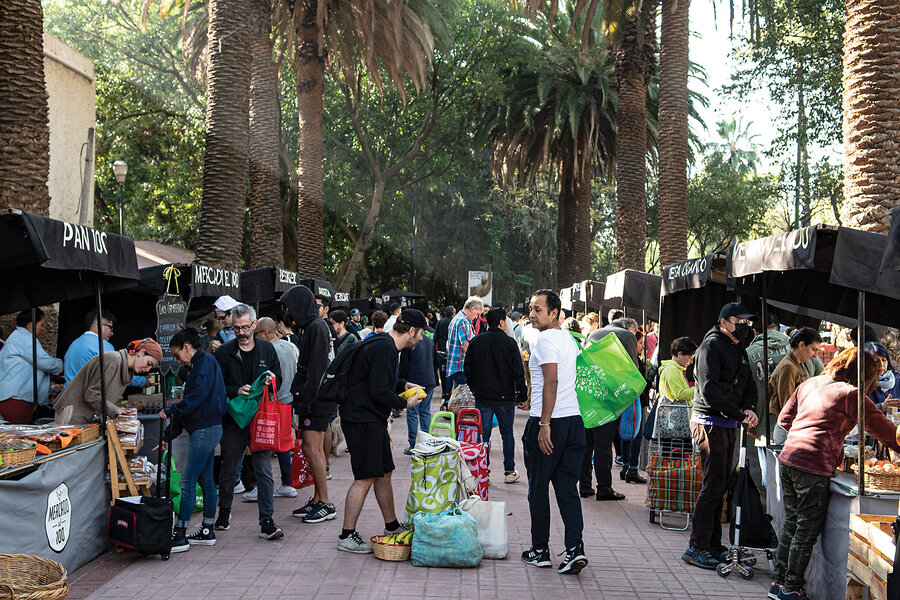The allure of Mexico City
Loading...
After my husband and I registered the birth of our first child at the U.S. Consulate in Mexico City seven years ago, the official helping us joked that we were "unicorns."
That’s how rare two U.S.-born parents having a child in Mexico seemed at the time. Now? We’re probably more akin to the bands of squirrels that overrun the vast, leafy parks here. There’s no escaping us.
Mexico City has long drawn visitors and expats with its walkable neighborhoods, gorgeous architecture, richly layered history, incredible food and art, and hospitable locals. But during the pandemic, it became something of a supermagnet for U.S. remote workers and families spotting an opportunity to gain exposure to the Spanish language and Mexico's unique culture – and perhaps save a dime.
The transformation of certain neighborhoods is palpable: Short-term rentals are proliferating. Increasingly, English is becoming the default language in restaurants and shops. My youngest child's preschool recently started publishing its monthly bulletin in English to keep the growing population of non-Spanish-speaking families in the loop. A street sweeper called out, "Welcome to Mexico" as I rushed to an appointment the other day, where the receptionist casually asked if I was part of the "new wave" of Americans here.
And in the past two months, I've had more colleagues from the Monitor write to tell me they're visiting Mexico City than I have in my nearly 10 years living here.
If I get annoyed overhearing gringos ordering a "latte, please" at my neighborhood cafe instead of taking a stab at "latte, por favor," others are feeling the shifts even more earnestly. I spotted a sheet of paper pasted to a wall in the super-hip Condesa neighborhood recently that read, "New to Mexico City? Working remotely? ... Leave." (I’m convinced signs like these aren't posted by chilangos, as locals are called, but by other foreigners who miss their unicorn status.)
Part of me is thrilled that, finally, people in the United States are realizing all that Mexico and Mexicans have to offer. For decades, U.S. politicians have denigrated the country, fueling stereotypes and claiming that Mexico is rife with poverty and violence, and its population desperate to move north at any cost. As our March 18 cover story explores, these characterizations are losing traction.
Mexico has become a destination, not just for tourism and remote workers, but also increasingly for migrants and refugees initially en route to the U.S. They're discovering what many have long understood: Mexico is a special place to call home.








